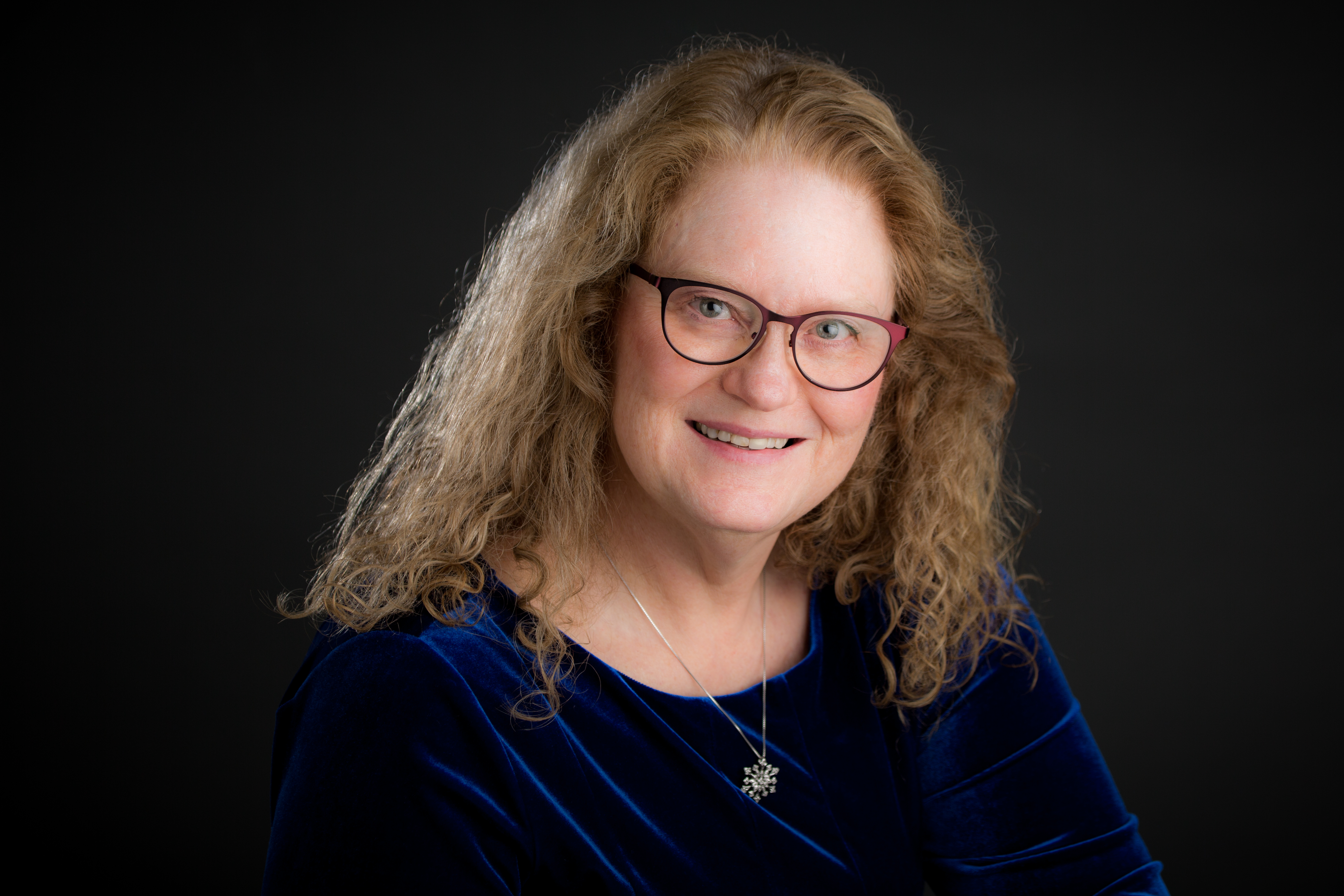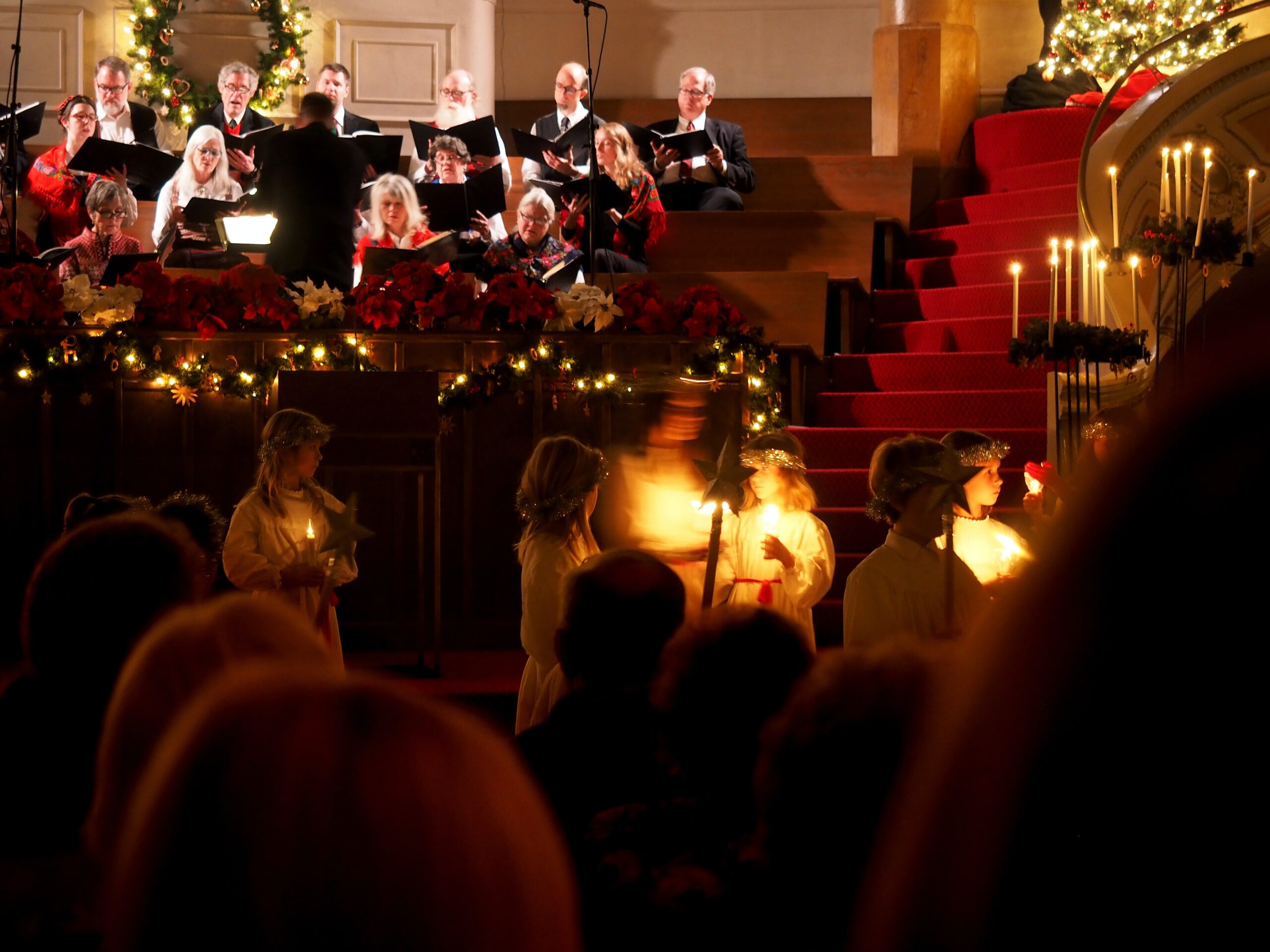Winter Wind

Winter Wind is a piano composition that captures the briskness, strong gusts, and periods of general ferosity that the winter weather can bring. I live high in the mountains and the wind is often more fierce than the temperatures or snow. In some passages I feel the plodding of a traveler trying to make forward … [Read more…]





